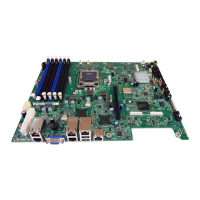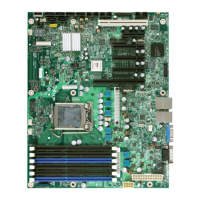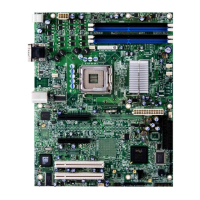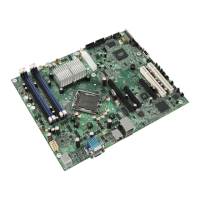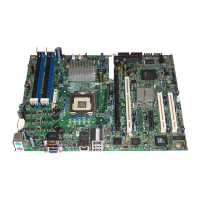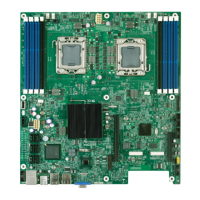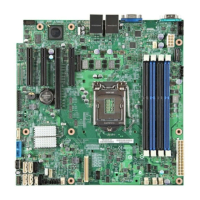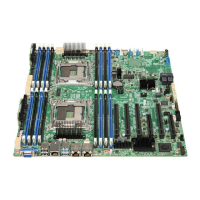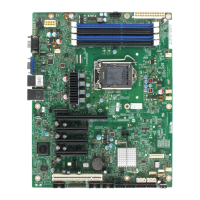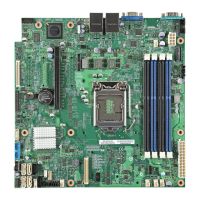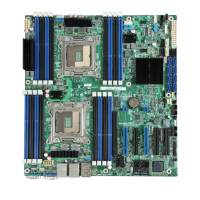Citrix* XenServer* 5.5.0 Installation Guide -
Intel® Server Board S3420GP
30
“F1”-“F3” keys to toggle between the virtual terminals. Basic items in the interactive terminal can be
reviewed, such as:
Fdisk: Lists all disks that can be seen as a result of the loaded storage device drivers. If a particular
device driver did not load, for example, the driver for a RAID card, the disks attached to that card
will not appear in the output from the “fdisk” command.
Ifconfig: Shows the network configuration of physical NICs, including their IP addresses, netmasks,
and gateway.
Ping: Can be used to verify network connectivity from the XenServer* host to a remote IP address
and vice-versa.
Use the two additional virtual terminals only with the help of a Citrix Solution Provider. Installation logs
are written to “/install/tmp/”
Appendix B: Maintenance Procedures
This appendix explains how to setup a TFTP server to enable PXE booting of XenServer* host
installations. It also explains how to use an XML answerfile, which enables unattended installations.
Setup the PXE Boot Environment
To create a PXE environment, the following items are required:
A TFTP server to enable PXE booting.
A DHCP server to provide IP addresses to the systems that are going to PXE-boot.
An NFS, FTP, or HTTP server to house the installation files.
These can all co-exist on the same server or be distributed on different servers on the network.
Additionally, each system to PXE-boot and to install the XenServer* on needs a PXE boot-enabled
Ethernet card.
Setup a TFTP Server for PXE-Booting
The following steps assume the Linux* server or servers have RPM support. Perform these steps to
setup a TFTP server for PXE-booting:
1) TFTP requires SYSLINUX 3.11 or above boot loaders. SYSLINUX is a collection of boot loaders for
the Linux* operating system which operates on Linux ext2 and ext3 file systems, MS-DOS FA file
systems, network servers using PXE firmware, and CD-ROMs. Verify SYSLINUX version 3.11 or
above is installed on the target system with the command:
#rpm -q syslinux
2) If a pre-SYSLINUX 3.11version is installed, download an updated version from
ftp://ftp.kernel.org/pub/linux/utils/boot/syslinux/RPMS/i386/, then install it with the command:
#rpm -Uvh syslinux.-.rpm
3) Verify the TFTP server package is installed with this command:
#rpm -q tftp-server
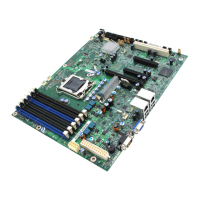
